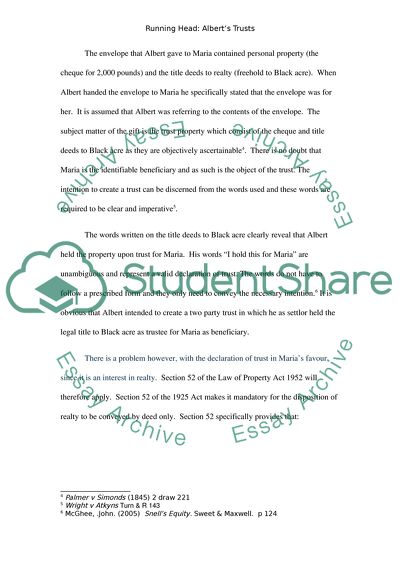Cite this document
(Analysis of Trust Case Study Example | Topics and Well Written Essays - 2250 words, n.d.)
Analysis of Trust Case Study Example | Topics and Well Written Essays - 2250 words. Retrieved from https://studentshare.org/law/1713811-equity-and-trust-assignment
Analysis of Trust Case Study Example | Topics and Well Written Essays - 2250 words. Retrieved from https://studentshare.org/law/1713811-equity-and-trust-assignment
(Analysis of Trust Case Study Example | Topics and Well Written Essays - 2250 Words)
Analysis of Trust Case Study Example | Topics and Well Written Essays - 2250 Words. https://studentshare.org/law/1713811-equity-and-trust-assignment.
Analysis of Trust Case Study Example | Topics and Well Written Essays - 2250 Words. https://studentshare.org/law/1713811-equity-and-trust-assignment.
“Analysis of Trust Case Study Example | Topics and Well Written Essays - 2250 Words”. https://studentshare.org/law/1713811-equity-and-trust-assignment.


